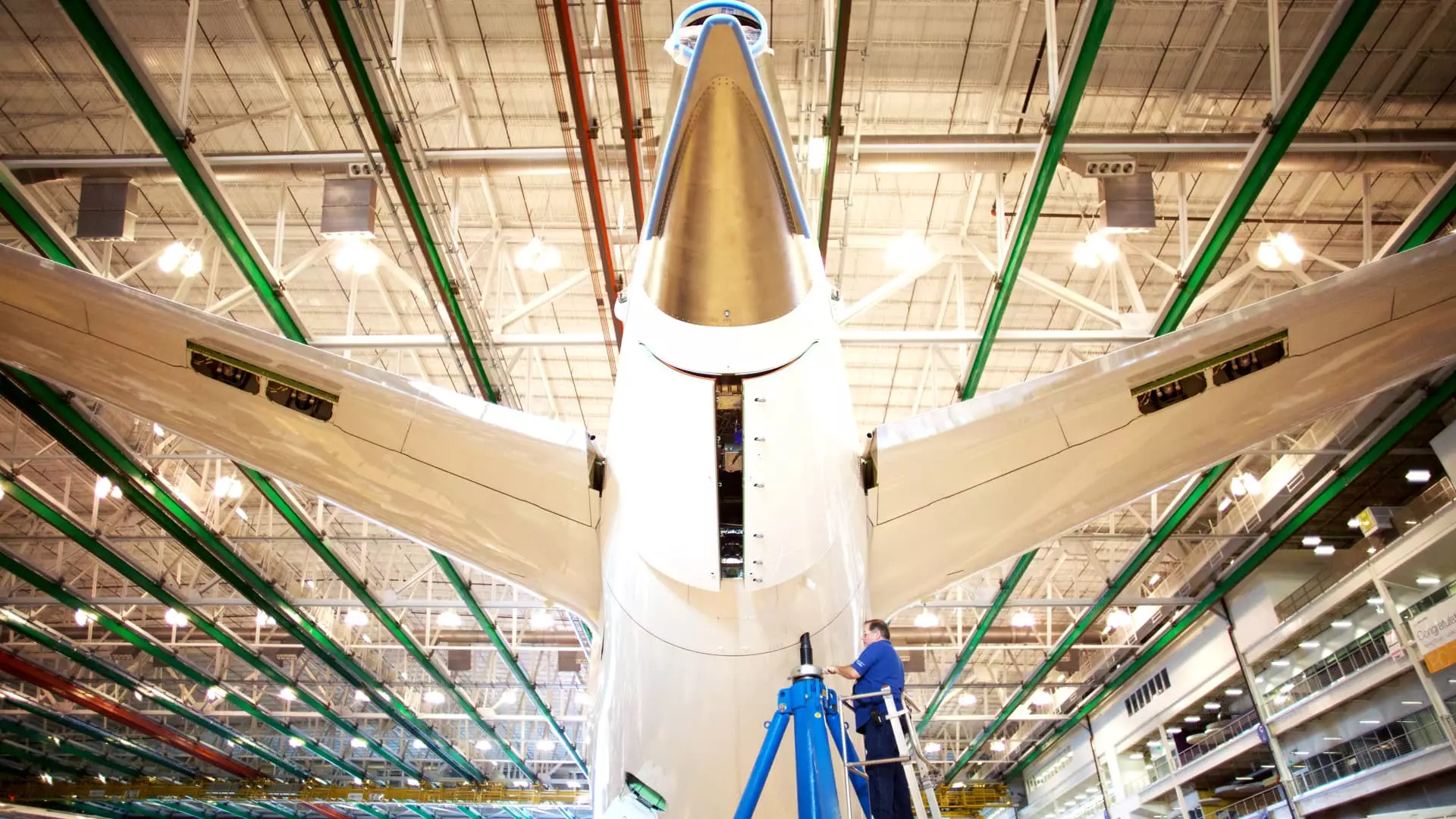Boeing has recently come under intense scrutiny after allegations by one of its engineers, Sam Salehpour, who claimed that the company took shortcuts in the production of its 787 Dreamliner and 777 aircraft. Salehpour mentioned that the company’s production process put excessive stress on airplane joints, potentially reducing the lifespan of the planes. However, Boeing has strongly denied these claims, stating that they are “inaccurate” and reassuring the public of the safety of their aircraft.
The whistleblower’s allegations have further intensified the scrutiny on Boeing, especially after the incident involving a door plug blowing out of a 737 Max plane in January. This incident raised concerns about the safety of Boeing’s best-selling narrow-body aircraft, leading to the Federal Aviation Administration blocking Boeing from increasing production of the plane. Additionally, Boeing faced challenges related to the spacing on some parts of the fuselage of the 787, which led to the suspension of deliveries for nearly two years.
Amidst these allegations, Boeing engineering managers conducted a presentation detailing the stress and safety tests conducted on the 787. They explained that the plane goes through rigorous testing, including 165,000 cycles equivalent to a flight and tests with varying conditions. The engineers emphasized that the damage from intense tests did not affect the safety of the aircraft. However, Salehpour raised concerns about the gaps in the fuselage panels, alleging that Boeing used force to join them without proper measurements.
Boeing refuted Salehpour’s claims by stating that they have done extensive engineering examinations under FAA oversight to ensure the safety and long-term durability of their aircraft. They dismissed the allegations as inaccurate and stressed their commitment to ensuring the quality of their planes. Additionally, Salehpour’s lawyers claimed that Boeing retaliated against him by excluding him from meetings and transferring him off the 787 program.
The allegations brought forward by the whistleblower have shed light on the challenges faced by Boeing in maintaining the safety and quality of its aircraft. While the company has defended its safety measures and testing procedures, the incident involving the 737 Max plane and Salehpour’s claims have raised concerns about the overall safety culture at Boeing. It is essential for the company to address these allegations seriously and take necessary steps to maintain the trust and confidence of both regulators and passengers in the safety of their aircraft.

Leave a Reply